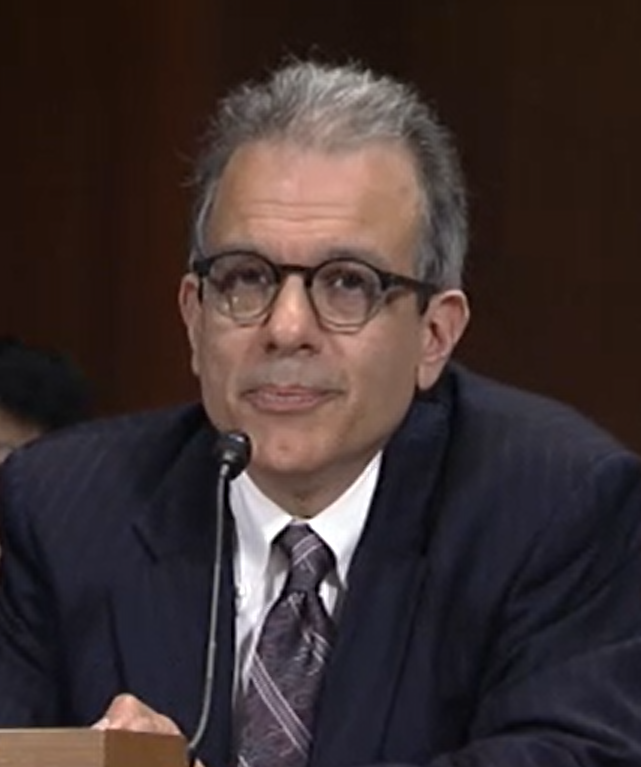Next Step In the Battle for the Second Amendment
The Second Amendment should be a viable defense for anybody charged with a “gun crime”. Found carrying with an expired CCW? Second Amendment defense. Cross an imaginary line and your right to carry disappeared? Second Amendment defense.
We should have seen 100s if not 1000s of cases over the years where the defendants argued that their actions were protected by the Second Amendment.
The reason was actually pretty simple, the courts refused to give those defenses any weight. No defense lawyer was going to bring up a 2A defense when they knew it would just upset the court.
Add to that the many circuit courts that had determined that The People had no right to keep and bear arms. The right to keep and bear arms was reserved for the militia.
As it stood in 2007, private militias were illegal in most states, the National Guard was either formally or informally declared “the [state] militia”, the state AG was charged with bringing any state level constitutional challenges, AND the state AG was charged with defending state laws against constitutional challenges.
In the Ninth Circus court of appeals, the only group that could challenge California’s gun laws was California.
In 2008, the Supreme Court issued their opinion in Heller.
This cut through the crap, said clearly that the Second Amendment was protecting an individual right. It went further, defining almost every word and phrase in the Second Amendment to absolutely define what the protected right was.
Rogue courts immediately pivoted to a new reason to stomp on the rights of The People, the Second Amendment protected rights of The People were not as important as the important things the state wanted to do.
Until 2022, this was the state of the right to keep and bear arms. For states that were not infringing, nothing changed. For states that were infringing, the rogue courts balanced our rights away.
In 2022, Bruen was decided. Bruen reaffirmed Heller. It laid out, in kindergarten language that even a rogue court could not misunderstand, exactly how to apply the law in Second Amendment challenges.
The two cases of interest that were not decided, but instead were Granted certiorari, the lower court’s opinion was Vacated, and the cases were Remanded back to the circuit courts to do over in light of Bruen
were Duncan and Bianchi.
It was my opinion, at the time, that we would have a decision from the Fourth Circuit court on Bianchi within 6 months.
We got that opinion August 6th, 2024, two years after the case was GVRed.
It took the Fourth Circuit court two years to get around to issuing their opinion after they were told to do it over again, correctly. Since they were outcome-driven, the results were, predictably, the same.
—No. 114 Dominic Bianchi v. Anthony Brown, No. 21-1255 (4th Cir.)
AR-15s and their ilk are not “arms” as defined in the Second Amendment. At least that’s what the Fourth says. Mind you, the option is around 59 pages long. The dissent is 120 pages long.
The opinion is full of references to news reports, articles from all over the place. What it is lacking is references to this Nation’s historical tradition of firearms regulation. In addition, they misrepresented the Supreme Court’s holding in Bruen.
The Supreme Court said that when the inferior courts were using the two stage means-end balancing method to find every state infringement “Constitutional”, they got the first part right, where they said “This is covered by the Second Amendment”, and the rogue inferior courts were getting it wrong when they balanced our rights away.
The Fourth says that since the circuit courts were getting it right on the first part, and their first step was to find that assault weapons were not covered by the Second Amendment, even though they did means-ends, they still were right to declare assault weapon bans constitutional.
Bianchi v Frosh has been going on so long that they had a change in AGs, the case became Bianchi v. Brown. The case is now seeking cert from the Supreme Court as Snope v. Brown. Dominic Bianchi moved out of Maryland and lost standing.
Duncan is still stuck in the Ninth Circuit court, back in California. We are unlikely to hear anything from them in the next 6 months or more.
But, we might see Snope make it back before the Supreme Court in the next session. Which means that it will be argued in the 2025 term, which starts in October 2025.
It is my opinion that the Fourth Circuit delayed issuing their opinion until it was too late for Snope to request cert for the 2024 term.








